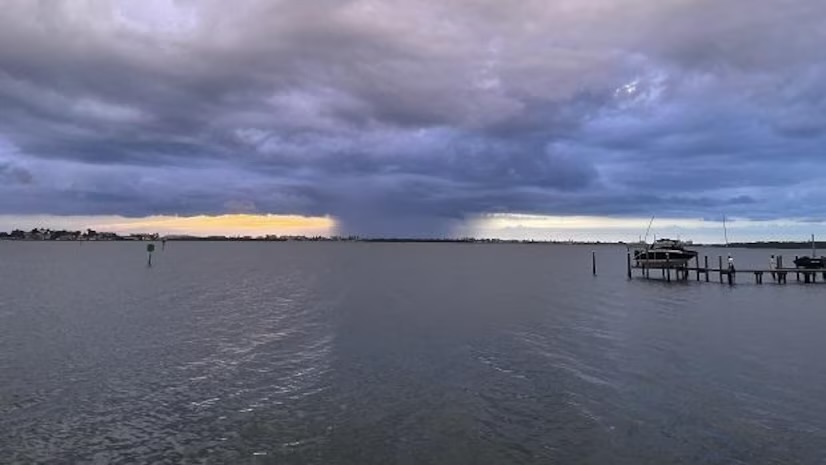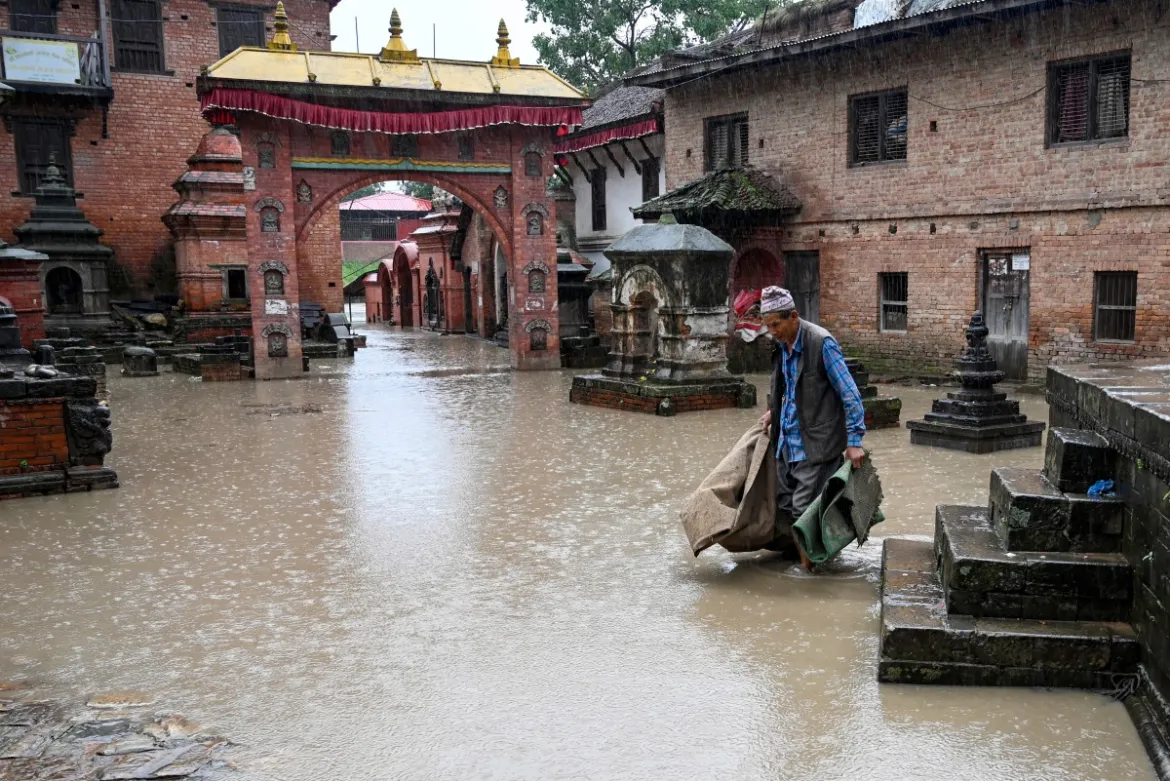Mysteries Surround Record Summer Heat: Could Other Factors be at Play?

AP — As record-shattering heat sweeps across this summer, scientists are grappling with the possibility that global warming and El Nino might not be working alone. European climate agency Copernicus’s recent report revealed that July marked a temperature surge of one-third of a degree Celsius (six-tenths of a degree Fahrenheit) above the previous record. This sudden and substantial increase, particularly in the oceans and the North Atlantic, has sparked debate among researchers about the potential involvement of other factors.
While climate change resulting from the burning of coal, oil, and natural gas remains the dominant contributor to recent extreme warming, some scientists are suggesting that additional elements could be influencing the phenomenon. An El Nino event, which entails temporary warming of parts of the Pacific and has global weather impacts, plays a secondary role. However, scientists are pondering over whether another player is involved.
Copernicus Director Carlo Buontempo expressed that the situation appears to be more complex than the combination of El Nino and climate change. Intriguingly, cleaner air resulting from new shipping regulations has emerged as a surprising source of added warmth. Additionally, the eruption of the Hunga Tonga-Hunga Ha’apai undersea volcano in the South Pacific injected a massive 165 million tons of water vapor, a heat-trapping greenhouse gas, into the atmosphere, raising further questions.
The Cleaner Air Hypothesis:
Maritime shipping, historically relying on dirty fuels that produce particles reflecting sunlight, has acted as a cooling mechanism. However, new international shipping rules implemented in 2020 have reduced up to 80% of these cooling particles, significantly altering the dynamic. The interaction between sulfur pollution and low clouds, resulting in greater reflectivity, has diminished, contributing to potential warming in regions like the North Atlantic.
Florida State University climate scientist Michael Diamond emphasized shipping as a possible catalyst. Research shows a trend of possible warming linked to the loss of sulfur pollution, particularly in regions such as the North Atlantic and North Pacific.
The Volcanic Eruption’s Role:
In January 2022, the undersea volcano Hunga Tonga-Hunga Ha’apai released an astounding 165 million tons of water vapor, functioning as a heat-trapping greenhouse gas. While some computer models suggest warming effects from this water vapor, NASA scientists Paul Newman and Mark Schoeberl argued that these models overlook the cooling impact of sulfur typically associated with volcanic eruptions.
Though differing computer simulations have led to a lack of consensus, University of Colorado’s Margot Clyne stated that this divergence reflects ongoing scientific exploration rather than invalidation of findings.
Additional Suspects:
Scientists are exploring various secondary factors, including changes in the jet stream, slowdowns in ocean currents, and even fluctuations in African dust levels. Solar storms and sunspot activity have also been considered but have not correlated with the observed warming.
Looking Forward:
While various factors continue to be investigated, many scientists assert that human-induced climate change, coupled with the influence of El Nino, is sufficient to explain the recent temperature surge. The current transition from a three-year La Nina to a potent El Nino event contributes to the magnitude of this effect. Experts emphasize that while other factors may contribute, the dominant role played by climate change and El Nino should not be underestimated.



















Facebook Comments